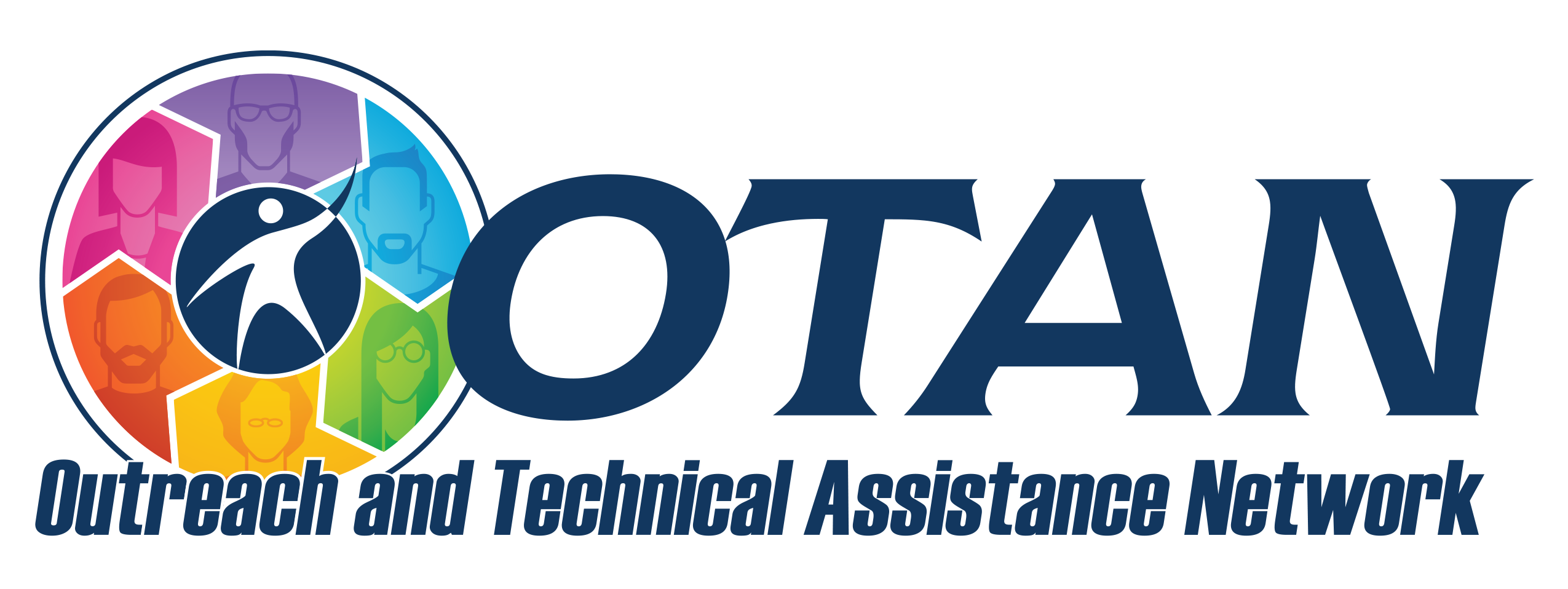Search
Using AI in School: Creating a Code of Conduct
Details
Tech Product/Equipment:
Computer and projector, Mobile devices for students
Activity Description
In this lesson, students engage in discussion, practice reading skills, and collaborate to create a “Code of Conduct” poster, slidedeck, brochure, infographic, or document.
Preparation
- Check the website to ensure it is not blocked at your site.
- Read through the lesson plan.
- Print and make copies of any handouts.
- Select tools for student project or allow students to select in groups how they will digitally create and share. Some possibilities are the following: Padlet wall created by teacher for groups to post to, Canva or Piktochart infographic or poster, Google slideshow, or Google Doc.
- Select the Large Language Model to demo and discuss in class. Examples are ChatGPT, Google Gemini, Anthropic Claude, Perplexity, among others.
- Become familiar with all the tools you plan to use so that you feel comfortable demonstrating them to students.
- Plan a short lesson on modal verbs and create a slideshow and/or note-taking form.
- Select or create a text. Some options are the following:
- ReadWorks (free) - see texts "The Robots are Here" and "Machines Get Smarter"
- Newsela (45-day free trial) - see texts "A curious person's guide to artificial intelligence," "Opinion: Now that AI can write students’ essays for them, will everyone become a cheat?," " AI bot ChatGPT shows academics essay-writing skills and usability, "Should AI help Georgia students write college admissions essays?," and "ChatGPT in the classroom: Here's what teachers and students are saying"
- Breaking News English (free) - numerous printable articles with vocabulary and discussion questions for different levels on ChatGPT and AI
- CommonLit (free) - Target Lesssons - Identifying Main Ideas and Central Idea with "AI: On Screen, and Within It" and Finding the Best Evidence with "Should Kids Use AI to Do Homework?"
- Diffit - use this free AI reading passage generator to create a reading passage with vocabulary and comprehension questions
- Ellii (subscription only) - several free texts and materials on chatbots, Artificial Intelligence, and ChatGPT
Program Areas
- ABE: Adult Basic Education
- ESL: English as a Second Language
Levels
- All Levels
- Intermediate High
- Advanced

